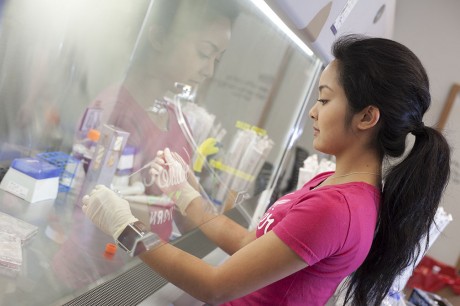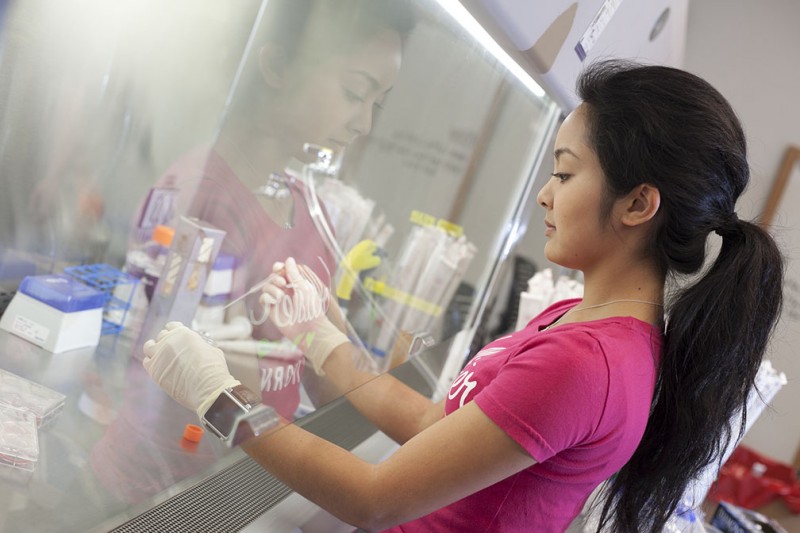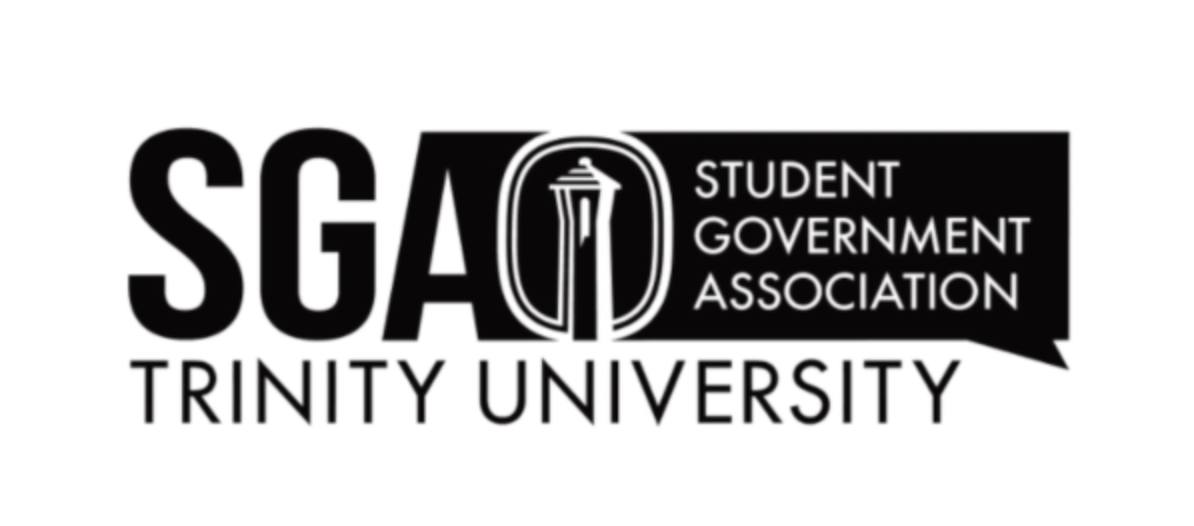
Several departments on Trinity’s campus have reported funding increases over the past few academic years despite dwindling research funds and increased national competition for both institutional and faculty research grants.
These funding increases are especially prevalent in the science departments, including biology, chemistry, and engineering sciences. The biology department alone has seen a large increase in funding in the last few years, according to David Ribble, professor and chair of the biology department. Ribble’s department receives two-thirds of its funding from grants.
“We actually just did a survey. If you take [funding numbers from] 2009, ’10, ’11 and ’12, people in the biology department have been involved with grants that total almost 10 million dollars,” Ribble said. “Compared to say the same time period 10 years ago … that’s a big increase.”
The biology department is not alone. According to Farzan Aminian, professor and chair of the engineering science department, his department received a Financial Aid for Student and Technology Students Enhanced with Research grant this year in the amount of $600,000 that is entirely new money.
“The level of funding this year has increased compared to last year. This is due to the grant Dr. Terrell obtained [FASTER], which has a funding of $600,000,” said Aminian via email correspondence. “This $600,000 is all new grant money while the rest of [the other grants] have been carried over from previous years.”
The addition of the FASTER grant is a significant victory for the school, as the grant will directly support certain students’ educations.
“This is a grant that was written by three different professors, and this was to provide financial aid for students in the STEM [science, technology, engineering, and math] fields,” said Chris Pursell, professor and chair of the chemistry department.
The school-wide increase in funding has not only affected faculty members in the various departments, but has also benefitted students by supporting an increase in funds for faculty-student research.
“That 10 million dollars includes some big grants that the institution gets. For instance, grants we’ve been getting from Howard Hughes Medical Institute [and] grants we get for the McNair scholarships,” Ribble said. “Those are things that really directly benefit students.”
Despite this overall increase in funding, researchers and academics nationwide are struggling to get grants.
“Because of the economy, external funding in general has become very tight,” Pursell said. “Having said that, the university and the faculty continue to do an amazing job of attracting external grants.”
According to Ribble, this is a trend that affects most institutions of higher education.
“The success rate [of grant applications] is down across the board,” Ribble said. “Research funds have not been increasing and the people who want those grants have been increasing, so consequently the success rate across the country is down.”
This downturn in grant application success rates is partially caused by the recent economic downturn, according to Ribble and Pursell.
“That’s the general trend across the country. I know the national endowment for the arts doesn’t have as much money and their success rates have gone down” Ribble said. “As the economy tanked, it has affected a lot of these national and state agencies, so I think across the board success rates have diminished.”
There are hopes that a recovering economy will spur government investment in education and research, to meet university departments’ needs.
“What we really value is faculty-student research, and that faculty-student research is funded in part by the university because the university does support summer scholarships for students, like the Murchison fellows and things like that. We also get about a third of our funds from institutional grants like Howard Hughes, and then we get another third from individual faculty grants,” Ribble said.
Ribble views obtaining funding as a process that must be undertaken by both individual departments and the university itself.
“Our faculty-student research is funded in part by the university, but it’s also incumbent upon us to get to get grants to support that,” Ribble said.
Fortunately for Trinity students in the STEM fields, Trinity faculty will continue to be active in pursuing grants to help sustain their departments.
“The science faculty are probably some of the most active faculty on campus who are seeking external research funding,” Pursell said.







